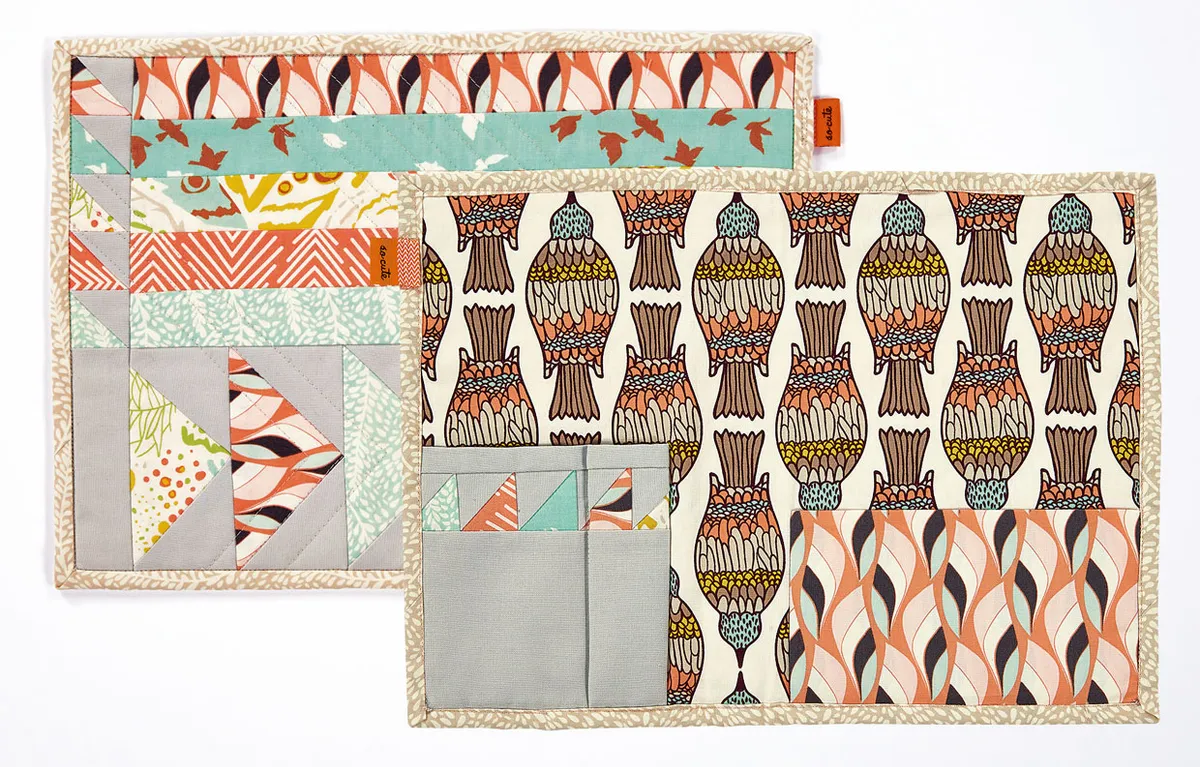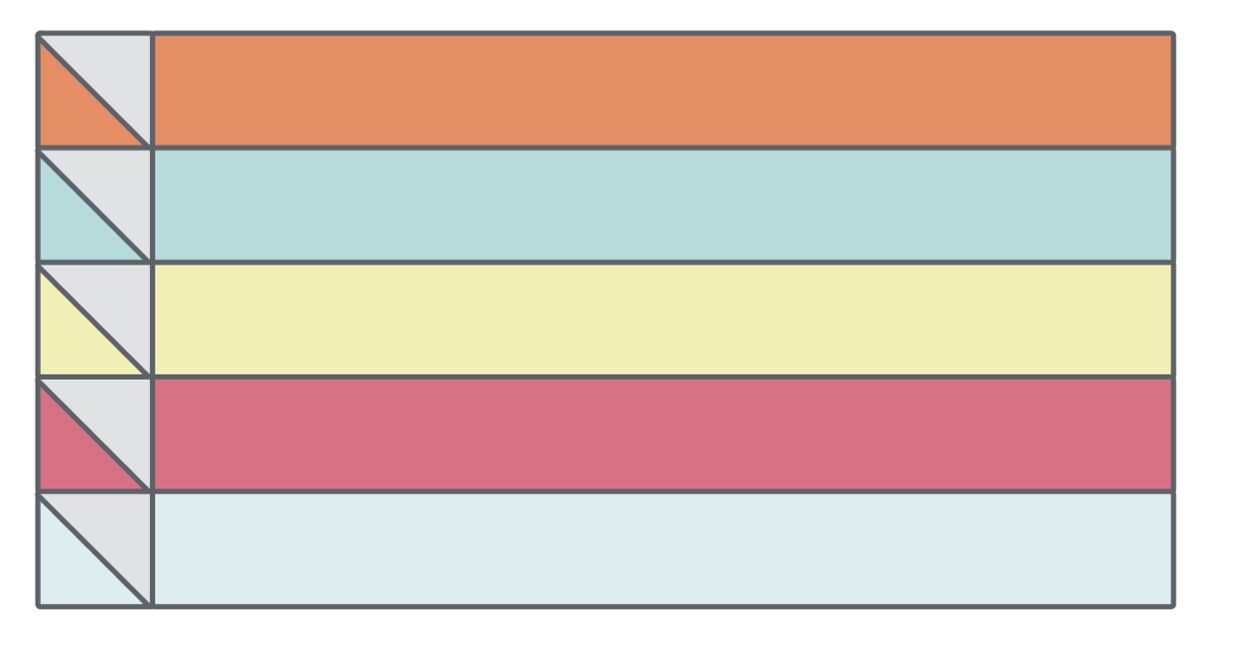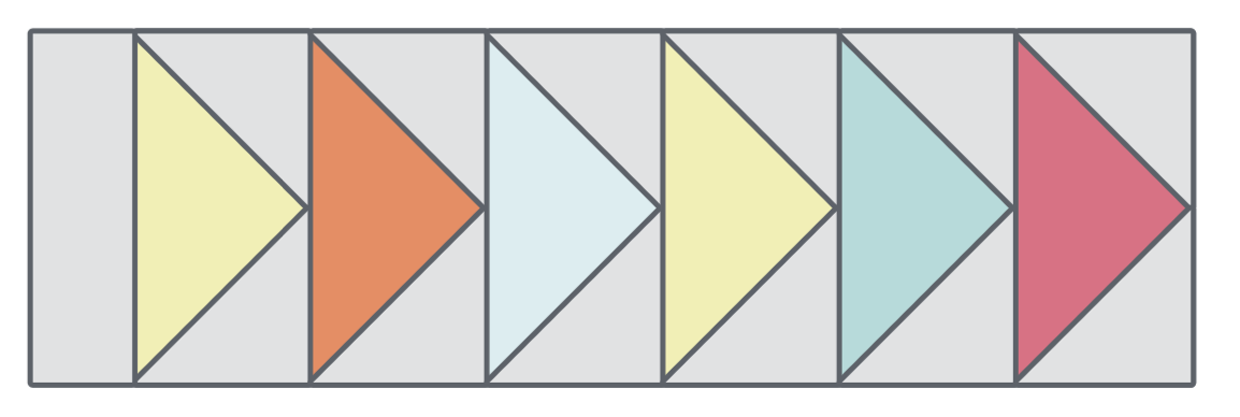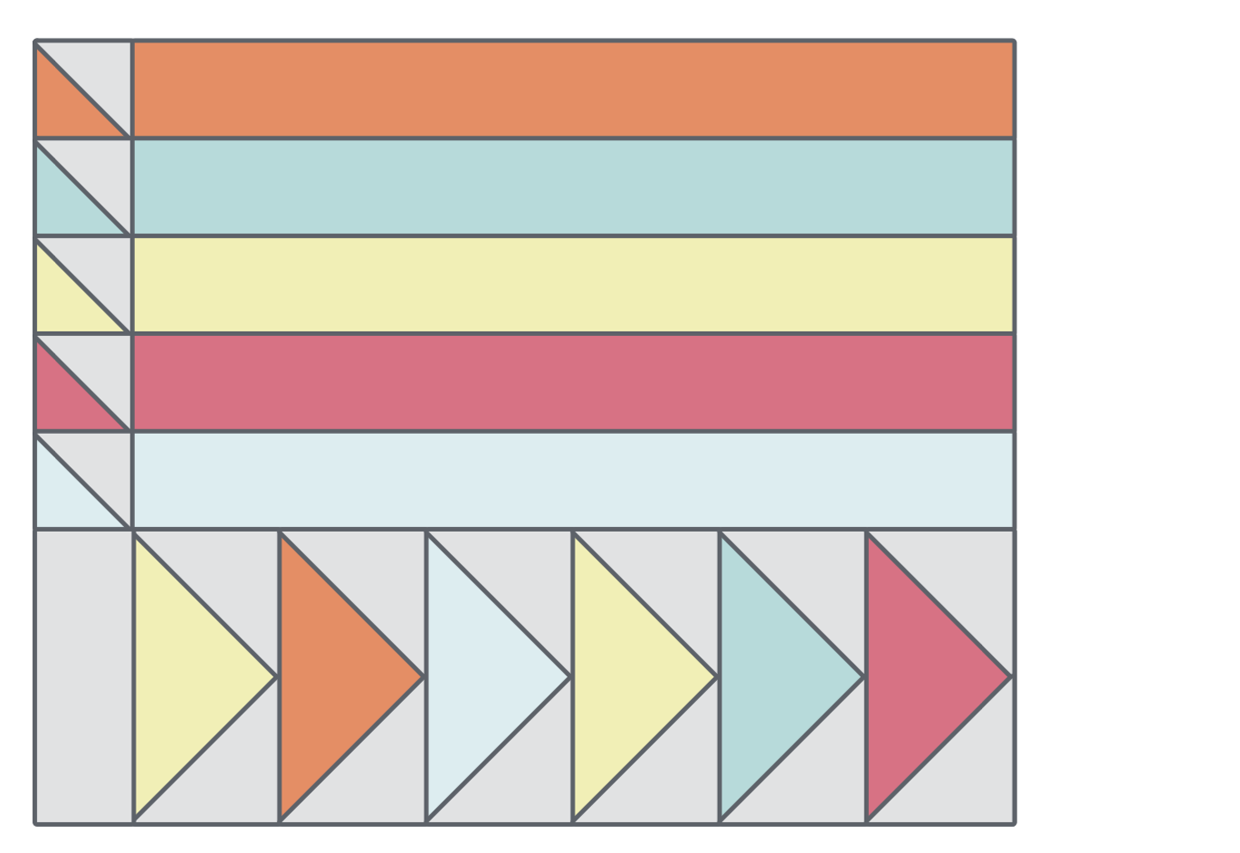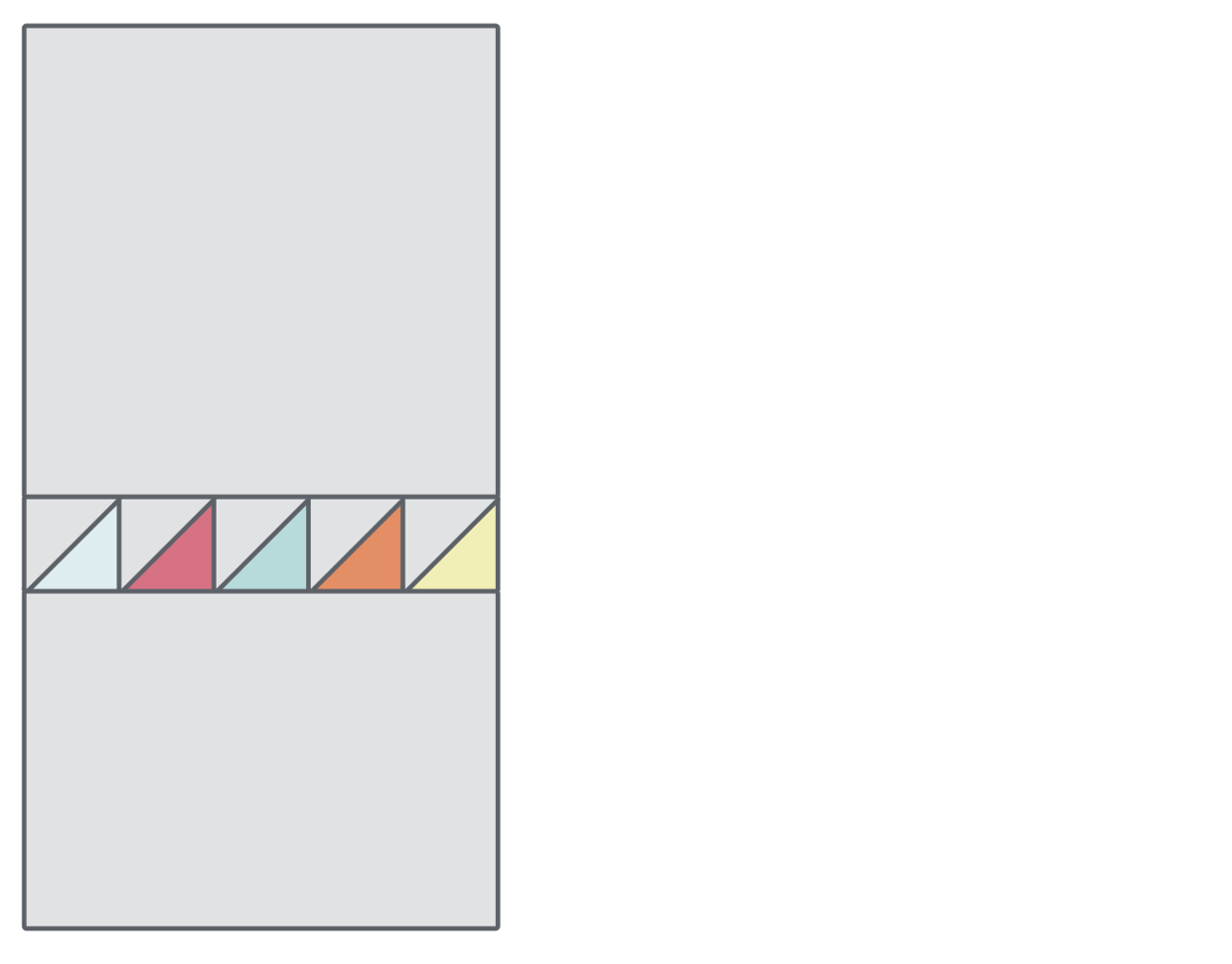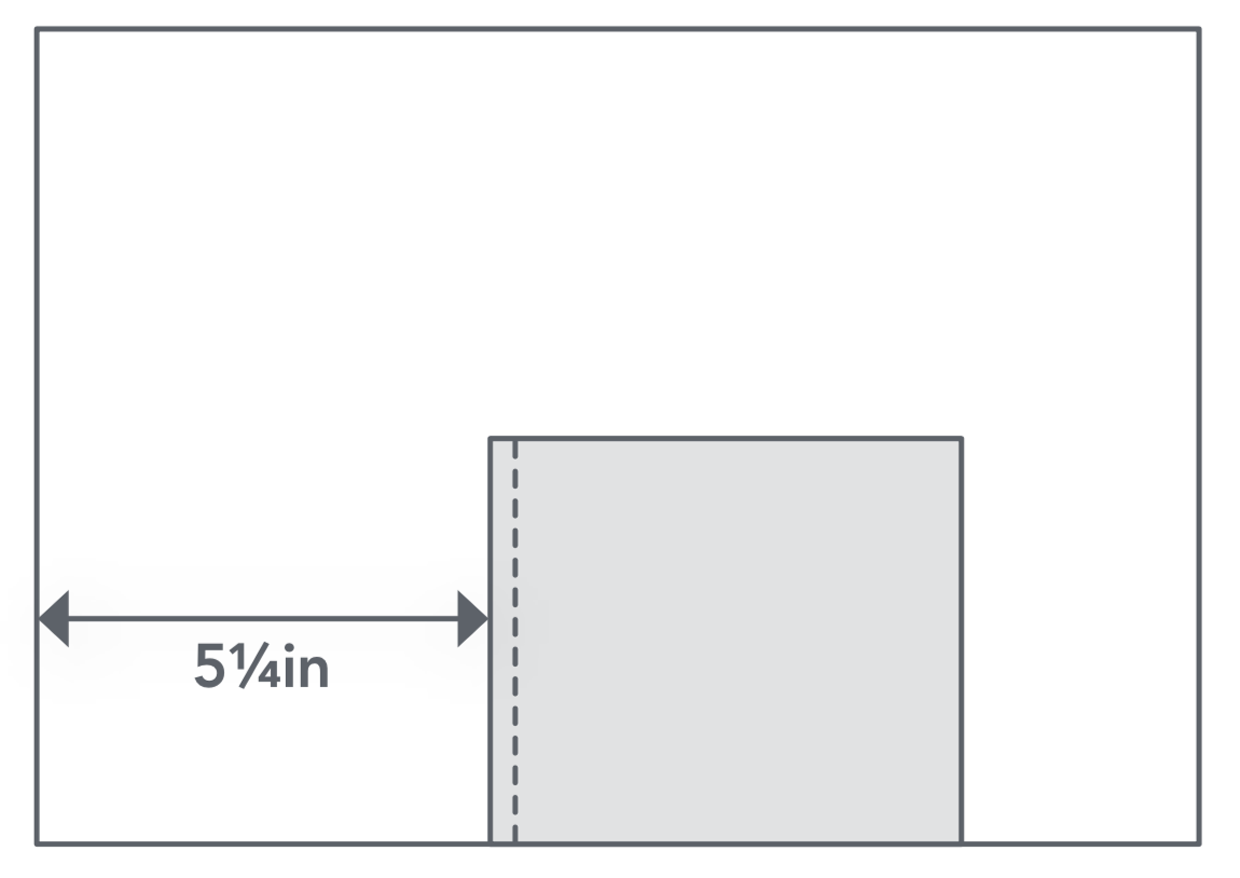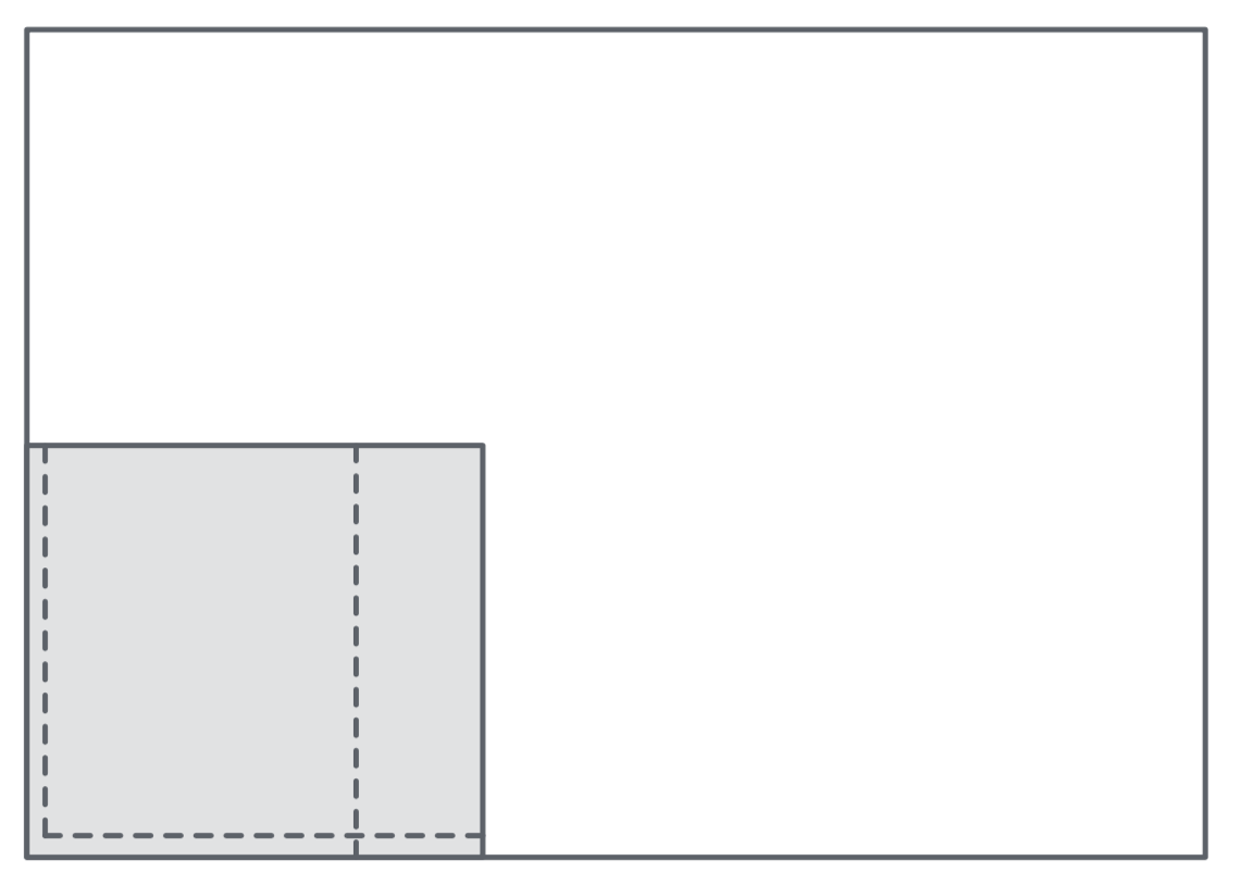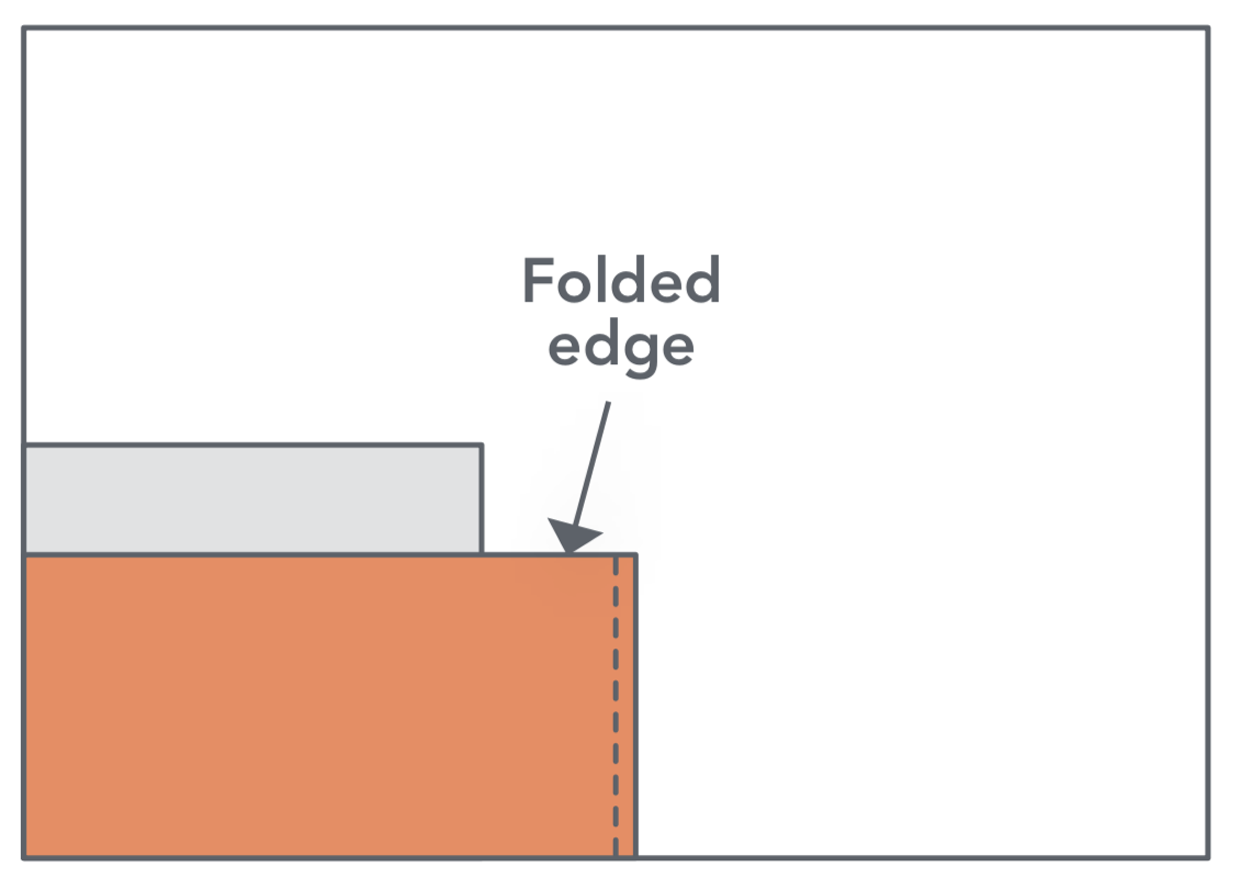Make your notebook own quilted notebook cover work for you and your stationery. Perfect for a slim A5-size notebook and a set of pens, plus you can always try adding extra pockets and pouches for any other bits and bobs you might need.
You will need
- Print fabrics six (6) fat quarters
- Lining fabric 9½in x 13½in
- Grey background fabric
- one (1) fat quarter
- Batting 11in x 15in
Finished size
9½in x 13½in unfolded, 9½in x 6¾in folded
Notes
Seams are ¼in throughout, unless otherwise specified.
HST = half square triangle.
Fabrics are from the Winged collection by Bonnie Christine for Art Gallery Fabrics
